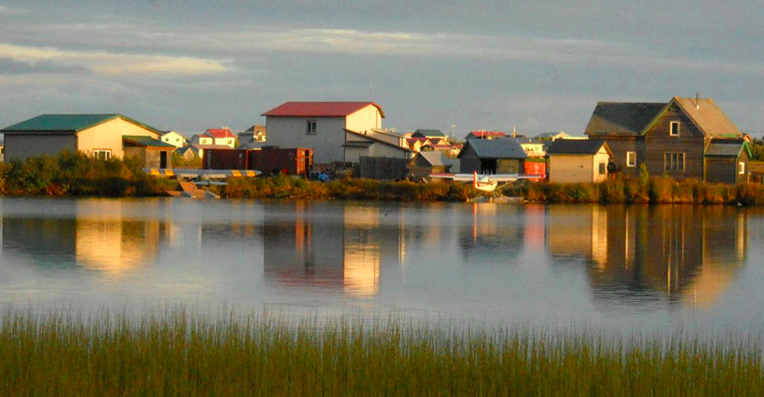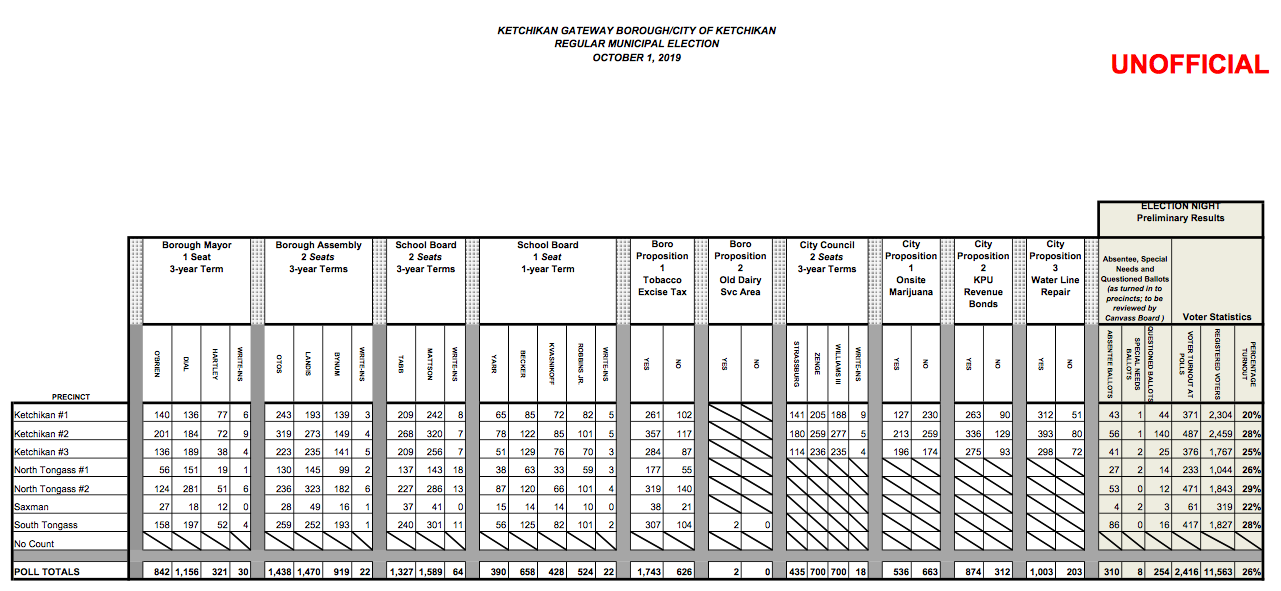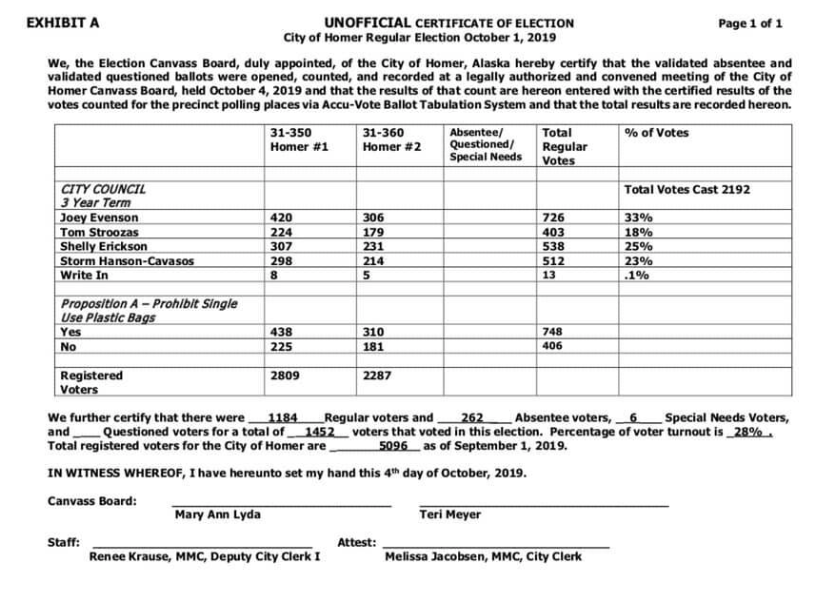CONSERVATIVES GOT OUT THE VOTE TUESDAY
Haines Borough voters on Tuesday turned down a tax on alcoholic beverages.
But a tax on marijuana products? That was approved.
People who spoke to Must Read Alaska said the Borough needed to get the annual budget under control before they will agree to more taxes onto alcohol. There is only one retail pot store in town.
Two conservatives joined the Borough Assembly and conservatives showed up to vote due to a local conservative get-out-the-vote effort.
The Assembly now has three conservatives, and three liberals, but it splits right of center with the Mayor Jan Hill, a conservative to break the ties.
1,082 ballots were counted after polls closed on Tuesday. With a maximum of 72 votes to be counted still, the two measures are up in the air, but the results are unlikely to change.
The borough voters turned out in some of the highest numbers of any community in Alaska during the Oct. 1 local election cycle, with 46 percent of registered voters taking the trouble to cast a ballot. Last year, 39 percent turned out to vote in the borough election.
To compare with a much larger community nearby, Sitka only turned out 1,099 voters, slightly under a 15 percent turnout of its registered voters in the local election held the same day.
[Read: Homer bans plastic bags, while Sitka doesn’t]
Haines preliminary results:
Prop 1 – Shall the Haines Borough levy and collect an additional borough-wide sales tax equal to two percent of the selling price on retail sales of alcoholic beverages?
Yes – 402
No – 650
Prop. 2 – Shall the Haines Borough levy and collect an additional borough-wide sales tax equal to two percent of the selling price on retail sales of marijuana and marijuana products?
Yes – 575
No – 476
THOMAS AND ROGERS WIN ASSEMBLY
Gabe Thomas, Paul Rogers appear to have won seats on the borough assembly.
Rogers and Thomas are more conservative than the previous Assembly members Heather Lende, Tom Morphet.
Both new Assembly members ran on pro-economy platforms.
A third candidate will end up being on the Assembly because Assembly member William Prisciandaro moved to Vermont, and had resigned from the Assembly.
By code, Assembly was required to appoint someone to the seat, and decided the third vote getter of this election cycle would be appointed.
Thus, Zephyr Sincerny, the third vote getter in the Assembly election, will have that seat until the next election. Sincerny ran on an anti-mining platform.
The other two candidates for Borough Assembly, Sean Gaffney and Sally McGuire got 320 and 328 votes respectively. McGuire was firmly anti-mine, and Gaffney was difficult to pin down on his views.
The additional 72 ballots to be counted are unlikely to move the needle in the Assembly race, and the school board race was uncompetitive: Lindsey Dixon, Shelly Sloper, and Tracy Wirak were voted to the school board.










